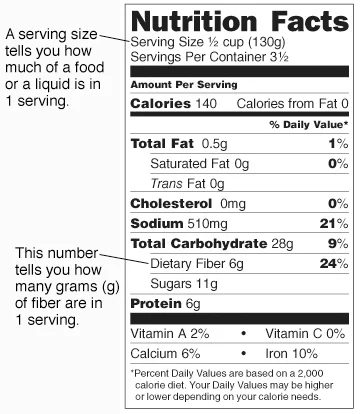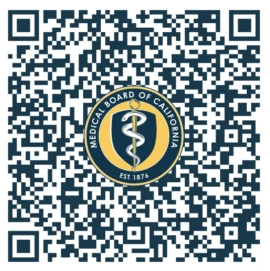Fiber is what gives strength and structure to plants. Most grains, beans, vegetables, and fruits contain fiber. Foods rich in fiber are often low in calories and fat, and they fill you up more. They may also reduce your risks for certain health problems. To find out the amount of fiber in canned, packaged, or frozen foods, read the “Nutrition Facts” label. It tells you how much fiber is in a serving.

Types of Fiber and Their Benefits
There are two types of fiber: insoluble and soluble. They both aid digestion and help you maintain a healthy weight.
Insoluble fiber. This is found in whole grains, cereals, certain fruits and vegetables (such as apple skin, corn, and carrots). Insoluble fiber may prevent constipation and reduce the risk of certain types of cancer.
Soluble fiber. This type of fiber is in oats, beans, and certain fruits and vegetables (such as strawberries and peas). Soluble fiber can reduce cholesterol (which may help lower the risk of heart disease), and helps control blood sugar levels.
Look for High-Fiber Foods
Whole-grain breads and cereals. Try to eat 6-8 ounces a day. Include wheat and oat bran cereals, whole-wheat muffins or toast, and corn tortillas in your meals.
Fruits. Try to eat 2 cups a day. Apples, oranges, strawberries, pears, and bananas are good sources. (Note: Fruit juice is low in fiber.)
Vegetables. Try to eat 3 cups a day. Add asparagus, carrots, broccoli, peas, and corn to your meals.
Legumes (beans). One cup of cooked lentils gives you over 15 grams of fiber. Try navy beans, lentils, and chickpeas.
Seeds. A small handful of seeds gives you about 3 grams of fiber. Try sunflower seeds.
Keep Track of Your Fiber
A healthy diet includes 31 grams of fiber a day if you have a 2,000-calorie diet. Keep track of how much fiber you eat. Start by reading food labels. Then eat a variety of foods high in fiber. Ask your doctor about supplemental fiber products.


